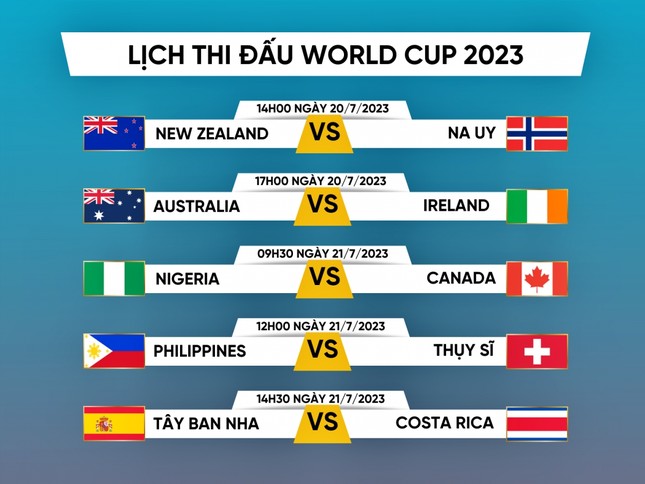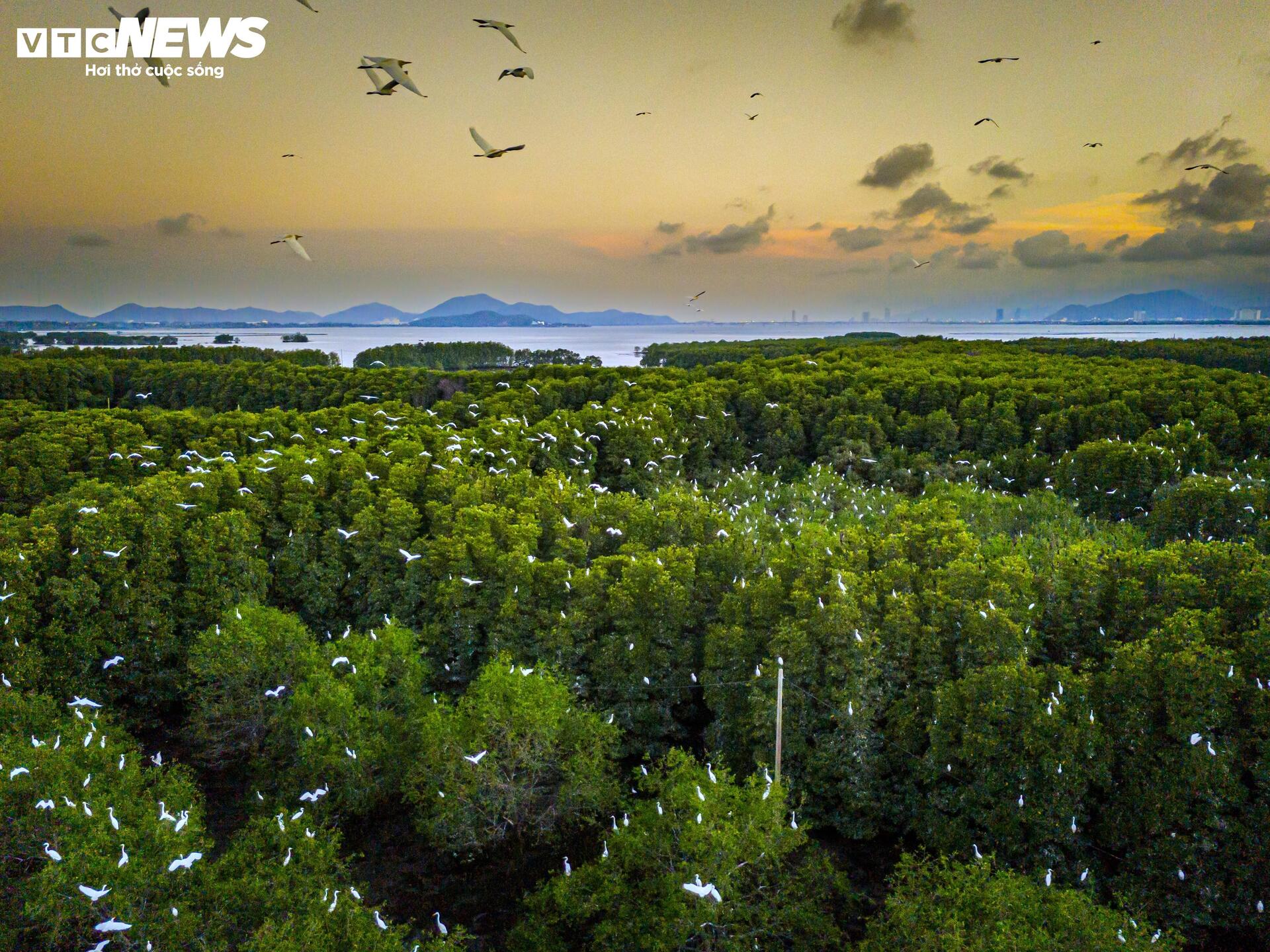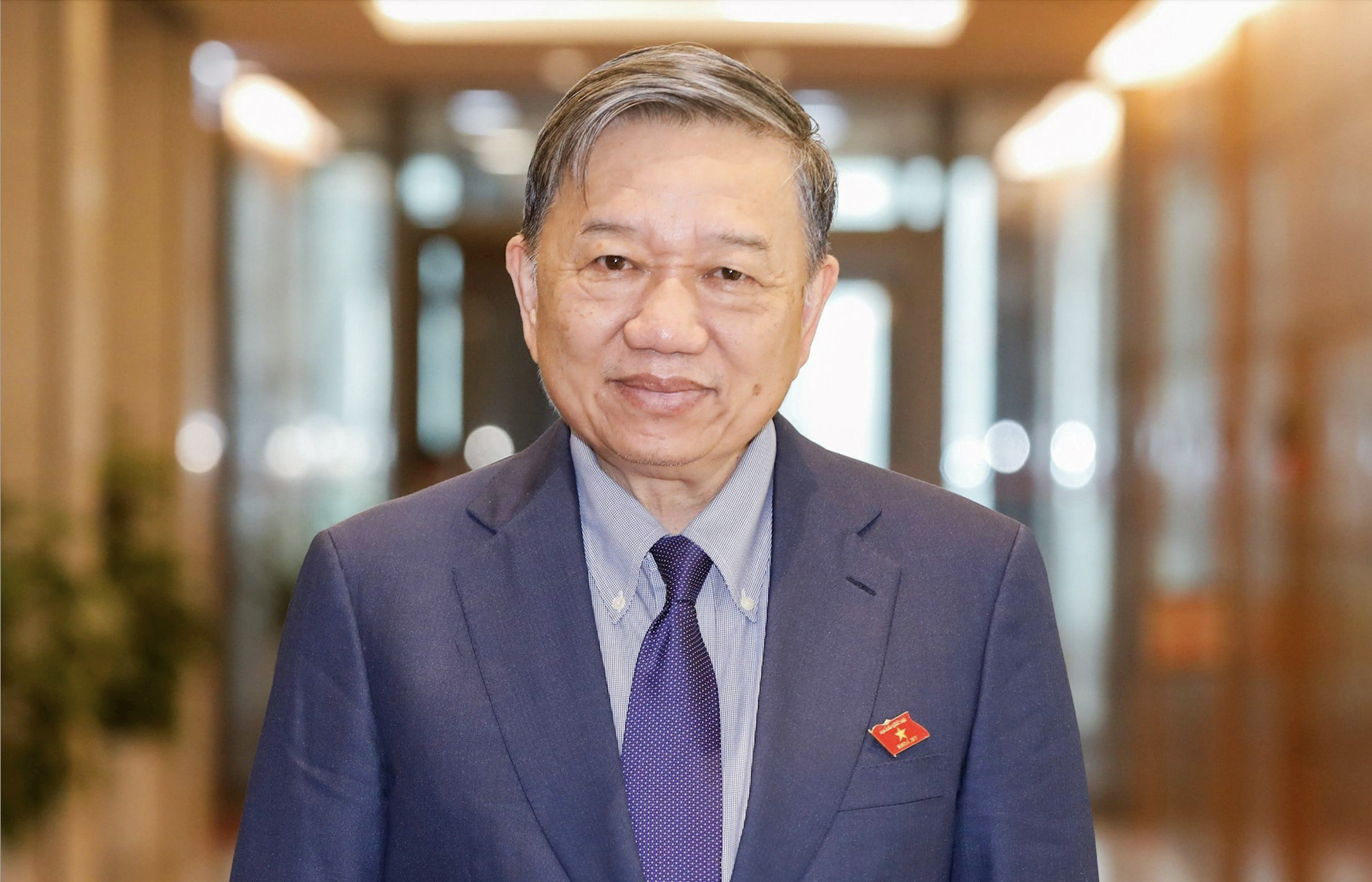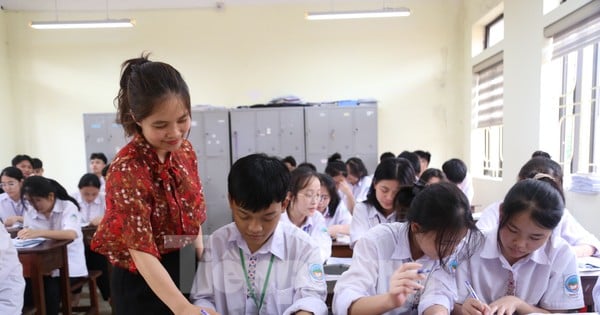The Women’s World Cup has come a long way since it was first held in 1991. Thirty-two years ago in China, the tournament (which was not yet called the World Cup) featured just 12 teams, with mostly amateur players, a single sponsor, a single cable channel and no prize money.
 |
2023 is the largest Women's World Cup in history, with 32 teams and 64 matches. Photo: FIFA
But despite all that, they all played with their hearts. Together, they produced games filled with goals and showed the world that women not only know the game, but can play it well. It’s time they had a stage big enough for them.
After three decades of continuous organization, the Women's World Cup has grown to an unprecedented level. In the statements of FIFA officials, experts, coaches and female players, all said that "2023 is the biggest and most attractive Women's World Cup ever". It is not an exaggeration, what they said is the truth.
At the 9th Women's World Cup, which will take place in Australia and New Zealand, the tournament has expanded to 32 teams, leading to the appearance of 8 countries for the first time. Our Vietnamese women's team is one of them. Coach Mai Duc Chung and his team have overcome adversity, with injuries and epidemics to create a miracle, then been rewarded as one of the elite of women's football in the world, becoming the main character on a stage expected to have 1.5 million live viewers and 2 billion people via television.
As a result, the prize money has also increased significantly, and each female player will receive a minimum of 30,000 USD, up to 270,000 USD if they become world champions. Football is not only fun, it is also a motivation for players to try.
This pushes the tournament to its highest level of expertise, in the context of football countries coming closer together. European teams have shown remarkable development in recent years, ready to challenge the dominance of the US. Other continents are not far behind. As seen in the friendly match between the Vietnamese women's team and Germany, despite being considered weaker, coach Mai Duc Chung's team can still cause trouble.
Moreover, football, especially women's football, always creates extraordinary stories. That is Canada's Christine Sinclair continuing to play with a broken nose (World Cup 2011), Sweden's tenacious defeat of mighty Germany 3-2 despite being two goals down (1995) or Japan's surprise victory just 3 months after the earthquake disaster in their homeland (2011).
Of course, it’s not all been great. There has been plenty of controversy ahead of the 2023 World Cup. Just three days before the start of the tournament, the Australian women’s team have criticised the way prize money is distributed. This has also been the case in England, France, Canada, Jamaica, Nigeria and South Africa, alongside health concerns and abuse. It underscores the fact that women’s football is growing but is still far from being on par with men’s football.
It’s a long-term battle, after all. And the 2023 World Cup, now a global event, promises to be a turning point for women’s football. That’s why we should focus on the tournament. As FIFA President Gianni Infantino said, until August 21, we should only look to the positives of what is sure to be an unforgettable World Cup.
According to the 2023 World Cup schedule today, July 20, football fans around the world will turn their attention to the matches at the 2023 Women's World Cup. On today's match day, the New Zealand women's team will play their opening match against the Norway women's team at 2:00 p.m.
 |
























































Comment (0)